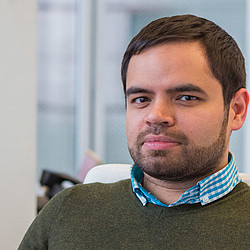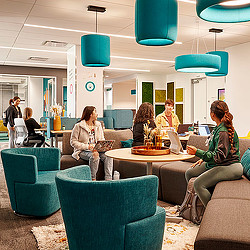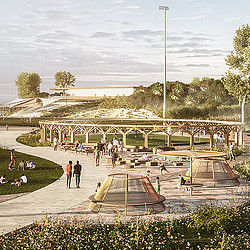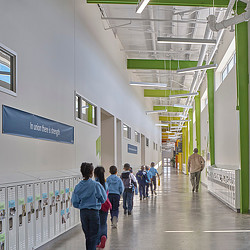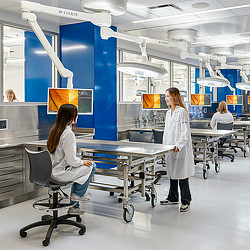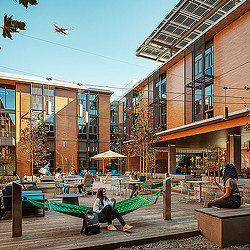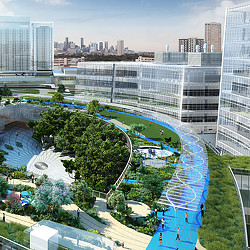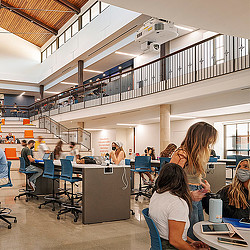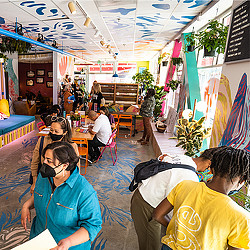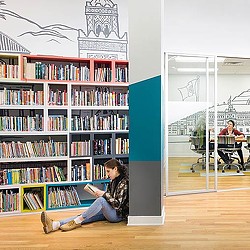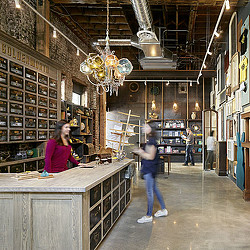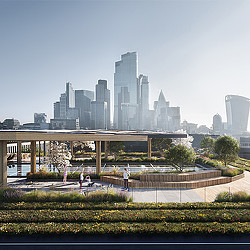Learning on the High Street: A Vision for the Future
Addressing digital inequality is vital to improving educational outcomes and influencing future innovation, economic prospects, and societal well-being.
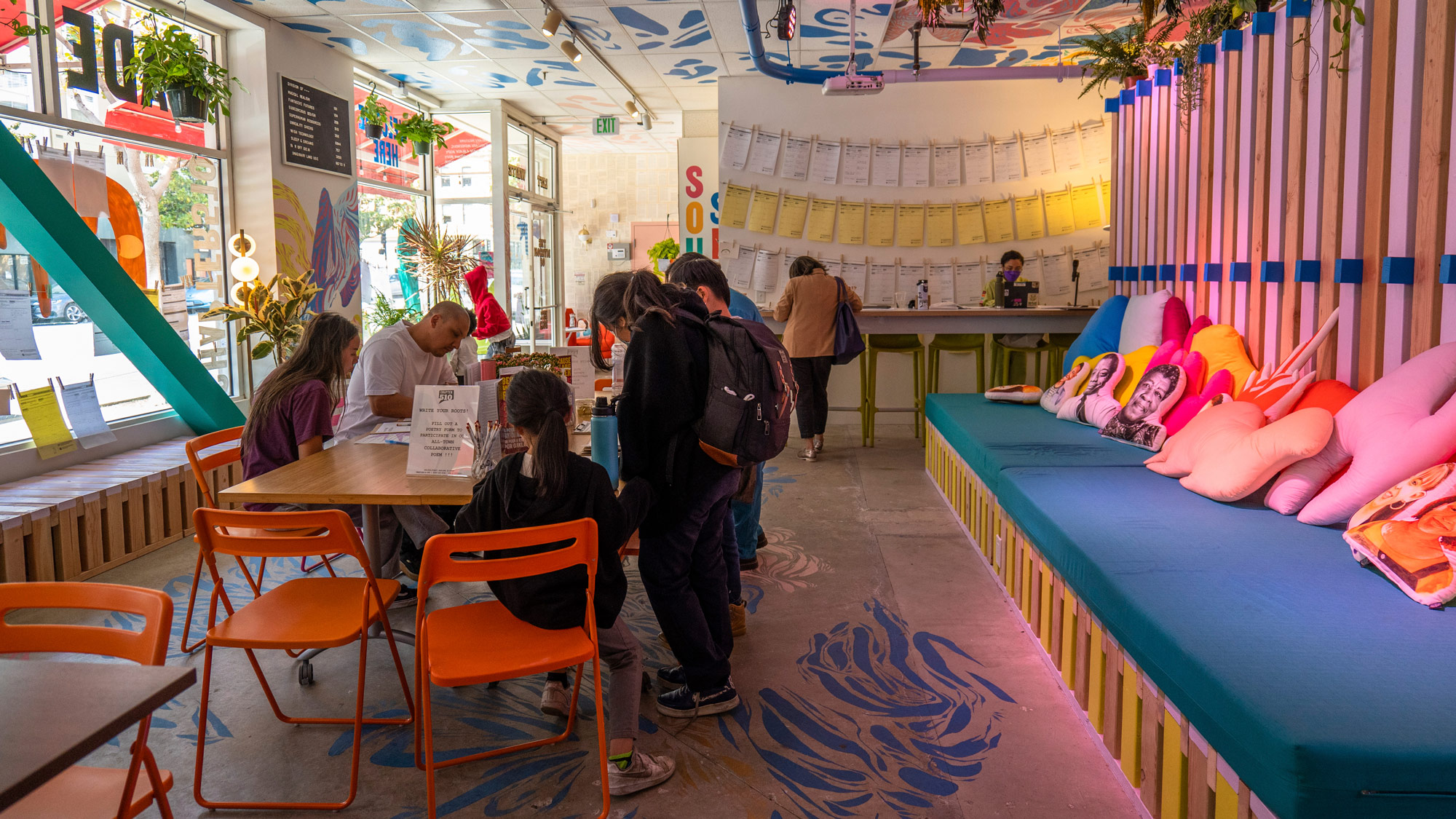
The pandemic starkly revealed the deep digital divide and technological inequalities that persist in our society. The rapid shift to online learning highlighted the gap between students with access to essential technology and those without, leading to significant disruptions in education during lockdowns. This digital inequality not only affected children’s education during the pandemic but continues to impact them today, resulting in increased absenteeism, reduced academic achievement, and challenges in socialisation and relationship-building.
Addressing this issue is vital, as its long-term consequences extend beyond immediate educational outcomes, influencing future innovation, economic prospects, and societal well-being. Without timely intervention, we risk a generation facing lost opportunities and diminished economic growth. Ensuring digital equity and providing students with the resources and time to develop essential future skills are critical steps forward, particularly as new technologies like AI could fundamentally transform the future of work. Mitigating the societal impacts of pandemics means creating an environment where today’s youth can become tomorrow’s leaders, equipped with the skills necessary for future success.
Traditional educational institutions don’t always provide a welcoming or inclusive environment for everyone. Some learners, traumatised by past experiences, may disengage in these settings. Therefore, creating neutral, safe spaces for learning is essential for both children and adults.
One innovative solution is to reimagine the high street as a community hub, a place where people can gather, learn, and interact. The pandemic emphasised the importance of community spaces in our lives and highlighted their decline — especially in light of the ongoing cost-of-living crisis. As technology advances, in-person experiences will become rarer, and we are already witnessing societal divisions potentially forming around the new digital and social media platforms that have transformed media consumption. As a result, community gathering spaces for interaction, engagement, and social inclusion will become increasingly critical for fostering physical relationships and supporting community cohesion.
Revitalising the High Street for Today’s World
By breathing new life into the high street, we can ensure its survival as a key place for people and communities to connect physically. Evolutions in technology will make maintaining physical, in-person experiences more challenging, and it will be even more crucial to transform the high street into the heart of our communities, to preserve human interaction and collaboration by enshrining it into the design of our cities.
Insights from recent round-table discussions in London have revealed several key strategies for the future of high streets, including the rise of pop-ups as effective activators, the need for diverse, flexible temporary and “meanwhile” uses, and the recognition of high streets as natural, neutral communal spaces. Transforming the high street in this way supports community engagement and learning, fostering a more inclusive and innovative society.
Creating a Learning and Entrepreneurial Ecosystem Focused Around the High Street
However, transforming the high street is just the beginning of a broader effort to rethink our approach to community spaces and learning. By building a new, interconnected ecosystem of learning that involves schools, academic institutions, businesses, local governments, and communities, we can create rich relationships that will transform how each of these entities operate in the future. This will also establish wider networks for learning and upskilling at a community-wide level, enabling everyone in society to reach their potential.
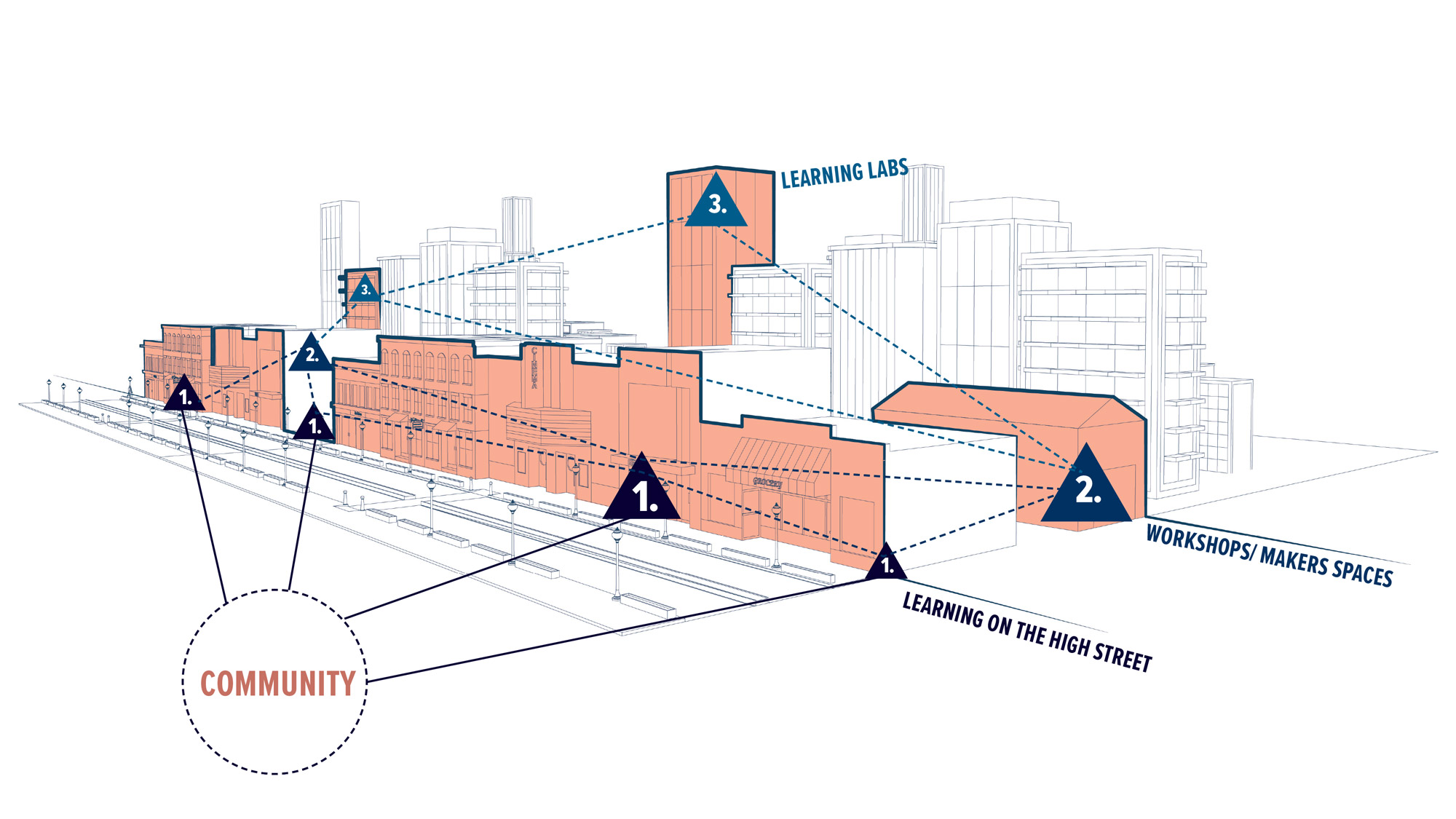
To build this ultimate ecosystem of learning and entrepreneurship in our communities, the "Learning on the High Street" initiative proposes three levels of networked ecosystem interaction:
- Pop-Up Learning: The foundation for creating deeply integrated networks and ecosystems between communities, businesses, local government, and academic institutions. This level focuses on fundamental skills for children and adults, equipping everyone with the tools to explore and express themselves.
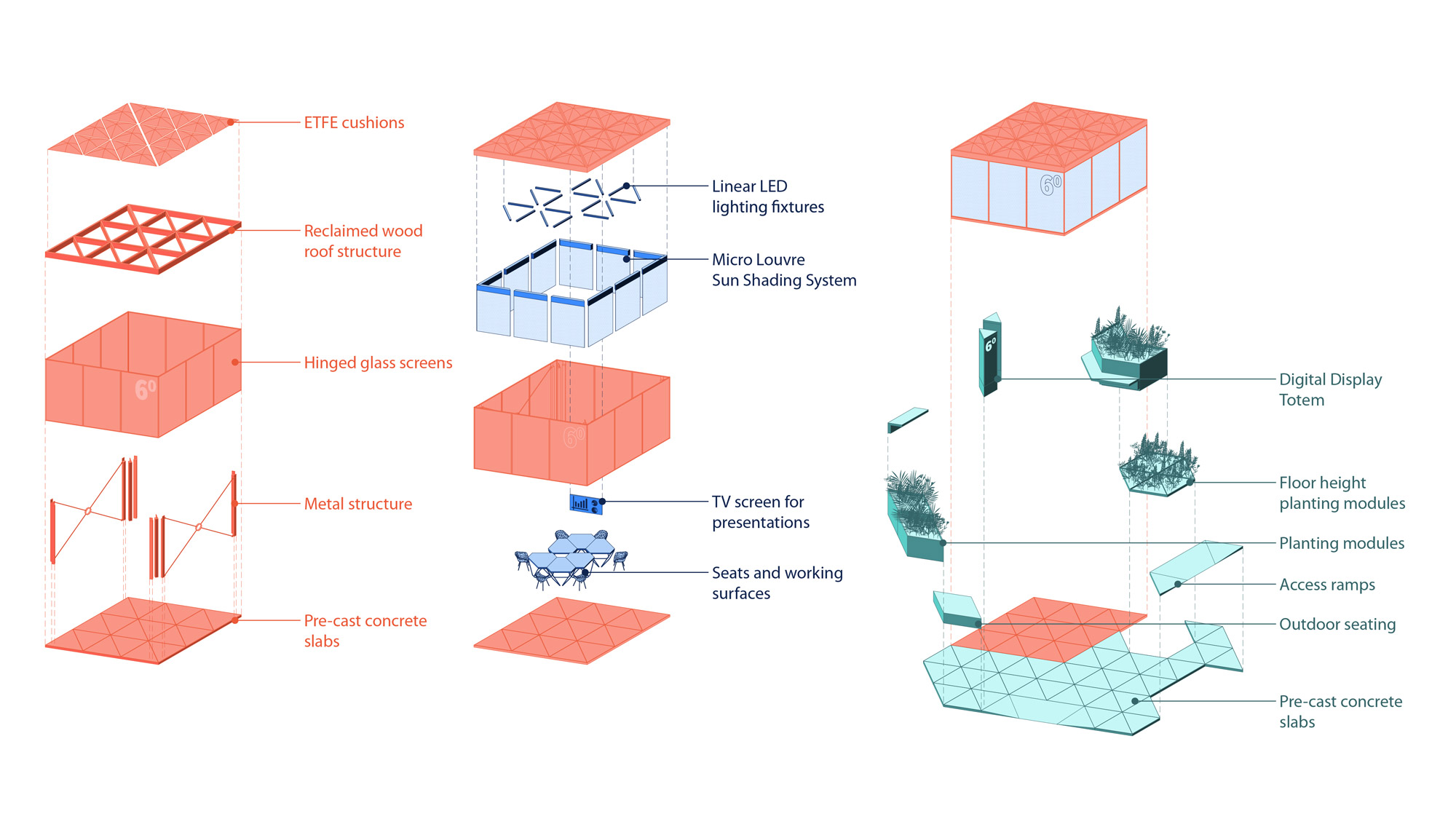
- Community Workshops and Maker Spaces: Building on the foundation of entrepreneurship established in pop-up and meanwhile learning spaces, this level enables learners to experiment, create, and develop ideas in a collaborative, entrepreneurial environment with a founder’s mindset.
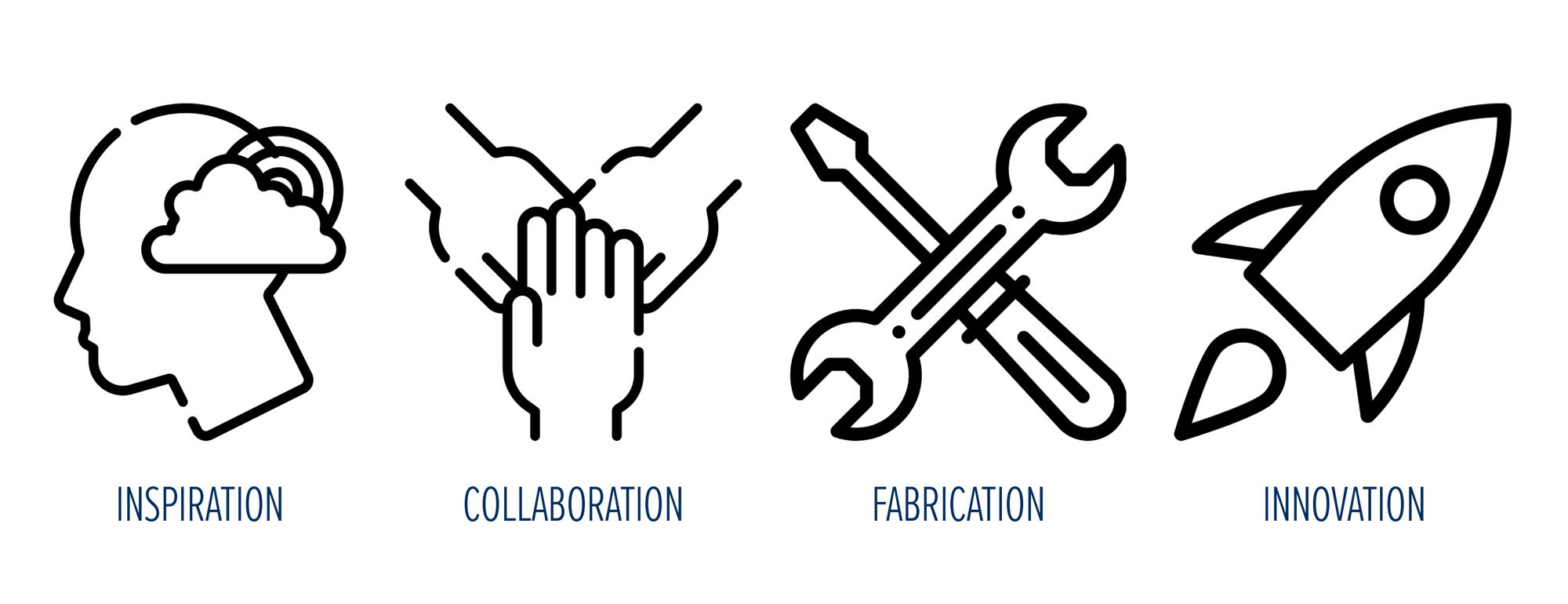
- Learning Labs: The final level involves repurposing underutilised corporate spaces as flexible learning labs outside regular hours or during low utilisation periods post-pandemic. This initiative not only activates dormant spaces but also promotes mentorship and connects emerging talent with professional environments, fostering a sense of community involvement among businesses.
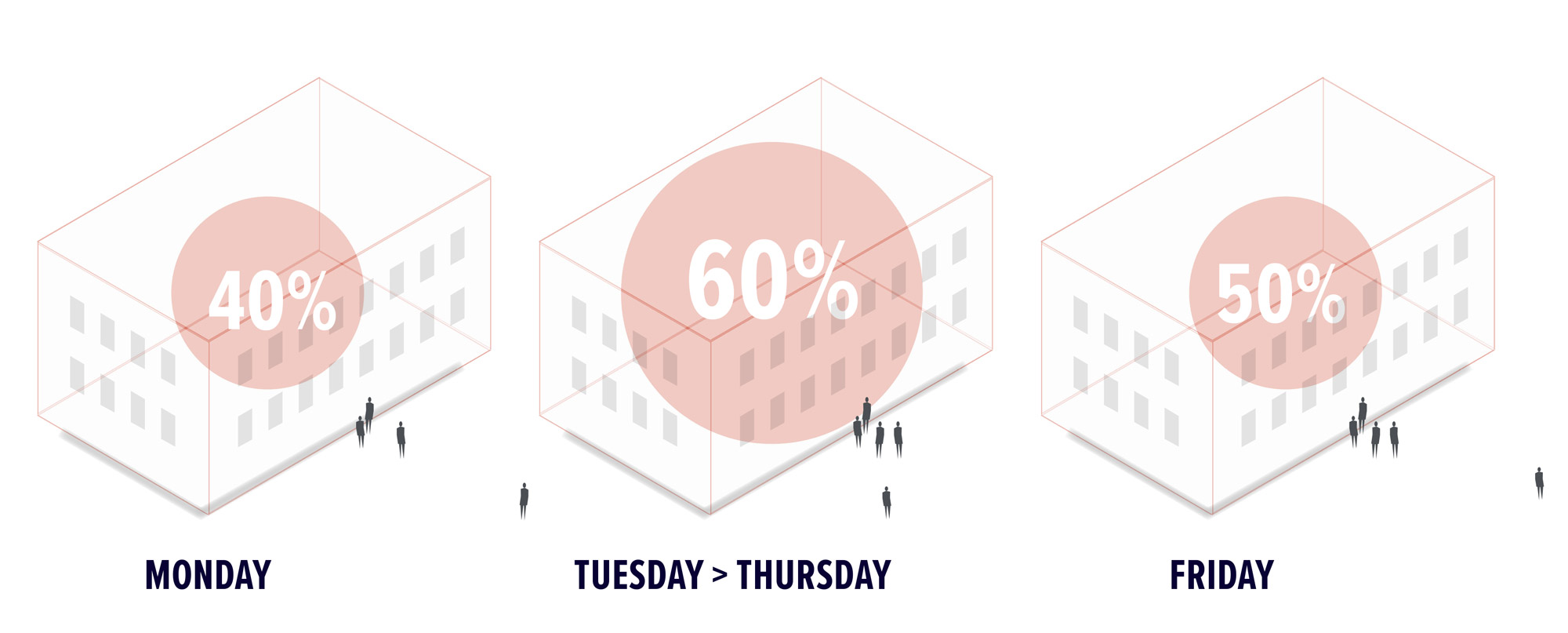
Realising the Vision: Learning on the High Street
Through stakeholder partnerships and the development of a circular and sustainable funding strategy, we can implement nuanced responses and identify prototype locations for “Learning on the High Street.” We are actively engaging with councils and business partners and exploring avenues for local sponsorship, government aid, and business contributions.
Investing in learning is investing in the lifeblood of the economy and its greatest asset: its people. Unleashing their skill, ingenuity, and creativity is the key to stimulating growth, creating a fair and just society, and ensuring that everyone has the opportunity to achieve their potential.
"Learning on the High Street" aims to bring this approach to the heart of our communities, making lifelong learning a fundamental part of everyday life. This initiative ensures that we are constantly evolving and developing, with an infrastructure that supports innovative ideas at all levels. It will spark curiosity, foster critical thinking, and build a society that is reflective, adaptable, and equipped with a can-do mindset.
Through "Learning on the High Street," we envision a brighter, more connected future where high streets once again become the heartbeat of communities, where learning opportunities are accessible to all, and where communities are rejuvenated and renewed.
This is more than just a strategy for revitalising our high streets; it’s a call to action for creating collaborative communities that break down barriers and supercharge local development. The pandemic has shown us that old ways of thinking are outdated and unsuited to today’s society. We need to explore and test new ways of working and living together. By embracing these ideas, we can begin to build new relationships and ecosystems that are rich, complex, and reflective of the world we experience every day. This transformation requires courage and vision, but the rewards are immense: increased knowledge, agility, resilience, and the skills needed for success in a rapidly changing world.
For media inquiries, email .
